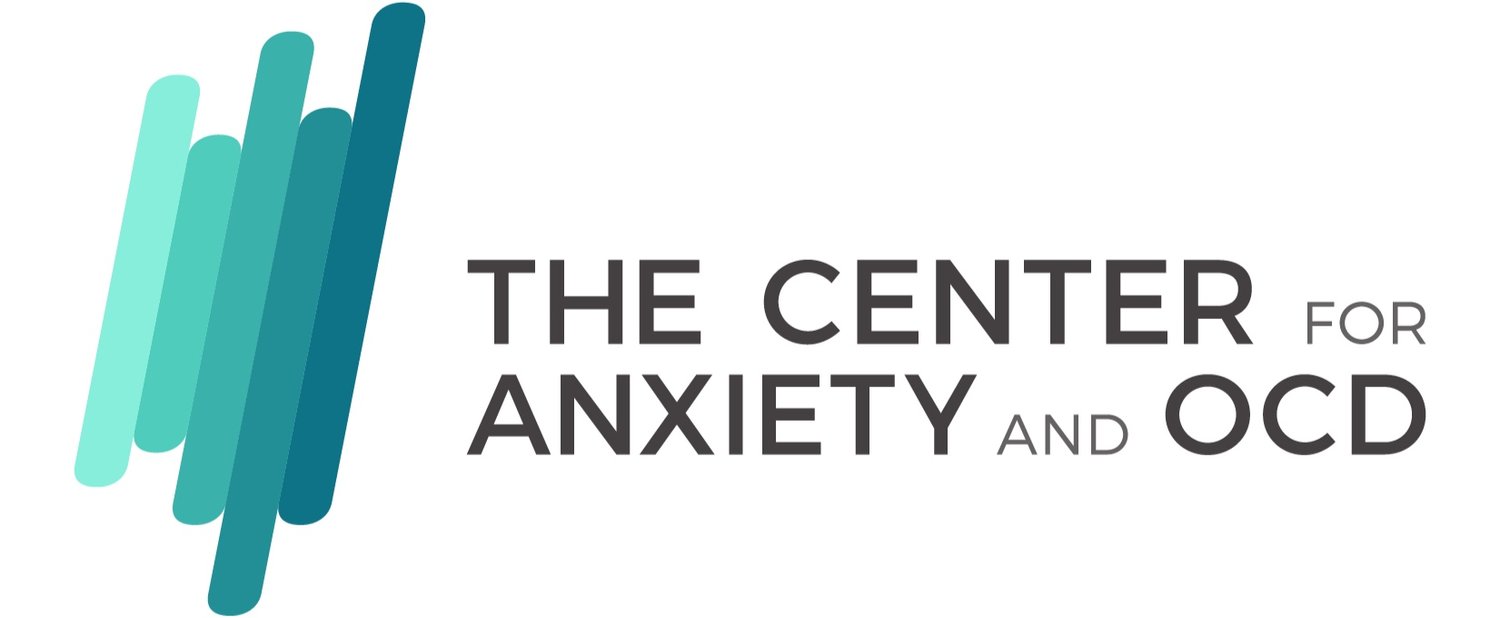
Panic Disorder
Panic disorder is a psychiatric condition characterized by frequent and reoccurring panic attacks, often accompanied by an extreme fear of experiencing panic again in the future, and behaviors aimed at avoiding this possibility. Panic disorder can be incredibly debilitating, and affects 2-3% of the population each year, with women being more frequently affected than men. Panic attacks are identified by an increase in heart rate, shortness of breath, sweating, and a feeling of impending doom, and may occur seemingly out of nowhere or be triggered in situations in which a person feels trapped or unable to breathe. Often, just the possibility of having another attack can contribute to a more isolated way of living, with many panic sufferers refusing to drive or even leave their homes.
How can I identify Panic Disorder?
Increased Heart Rate
Uncontrollable sweating
Racing thoughts
A feeling of impending doom and fear
Shortness of breath
Getting the ‘chills’
Feeling weak, faint or dizzy
Chest pain
Depersonalization (feeling outside of one’s body looking in)
Nausea or stomach upset
Common compulsions in Panic Disorder
Naturally, people who experience these severe panic symptoms may begin to develop compensatory behaviors to try to avoid having them in the future. Common compulsions associated with panic disorder can include:
Avoidance of spaces where the sufferer fears they might be triggered
Seeking reassurance from friends and family that they won’t be triggered or keeping loved ones physically close as a security blanket
Rituals or behaviors aimed at avoiding or minimizing triggers, such as using stairs instead of an elevator
Ruminating about ways to avoid having a panic attack and structuring ones life around not experiencing panic
Limiting employment opportunities, dating opportunities and life altogether to try to stay ‘safe’ from panic
Treatment for Panic Disorder
Panic attacks are one of the most frightening manifestations of anxiety, and many liken having a panic attack to the feeling of chocking, suffocating, or even dying. Thankfully, there is hope. With the use of cognitive behavioral therapy (CBT), acceptance and commitment therapy (ACT), and exposure with response prevention (ERP), panic attacks can be greatly reduced and the underlying anxiety that fuels them significantly managed. Interoceptive exposures are used specifically for the treatment of panic disorder, and involve the therapist gently bringing about the symptoms of panic (hyperventilation, high muscle tension, claustrophobia) to slowly desensitize the client to these feelings and introduce coping strategies to be used during times of heightened anxiety. The goal of managing panic disorder is not to never experience panic again, but rather to feel fully equipped to “ride the wave” when panic does appear and trust that you will make it to the other side, every time.
